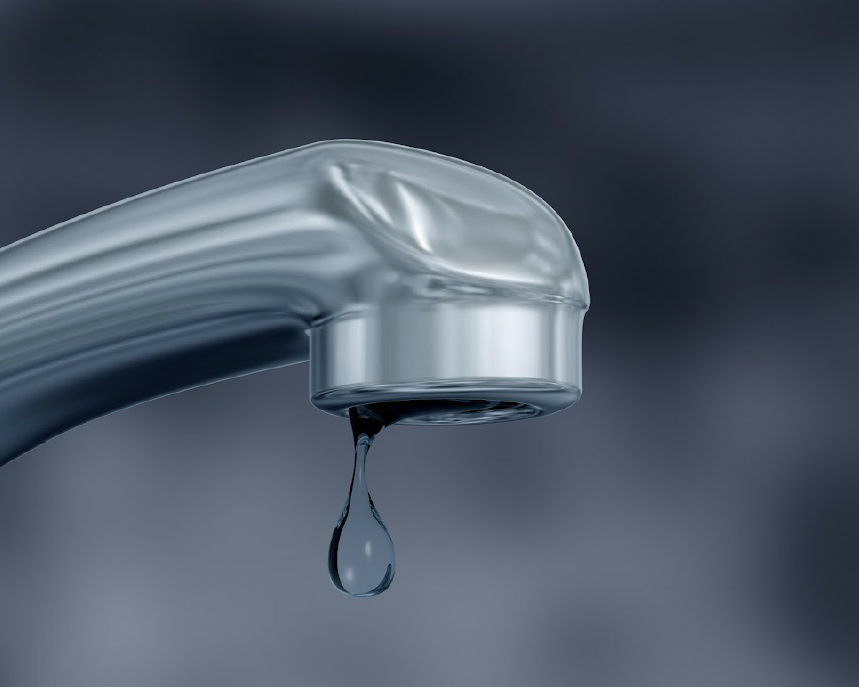We've unearthed the article involving Locating water leaks down the page on the web and concluded it made sense to talk about it with you in this article.

Early detection of dripping water lines can mitigate a prospective disaster. Some small water leakages may not be visible.
1. Examine the Water Meter
Inspecting it is a proven way that aids you uncover leaks. If it relocates, that suggests a fast-moving leak. This implies you may have a slow leakage that could also be underground.
2. Examine Water Intake
Evaluate your water expenses and track your water usage. As the one paying it, you need to see if there are any type of discrepancies. If you detect sudden changes, despite your usage being the same, it means that you have leaks in your plumbing system. Keep in mind, your water bill ought to drop under the very same range every month. An unexpected spike in your costs shows a fast-moving leakage.
At the same time, a stable rise monthly, despite having the exact same routines, reveals you have a slow-moving leak that's likewise slowly escalating. Call a plumber to completely examine your residential property, especially if you really feel a warm area on your flooring with piping beneath.
3. Do a Food Coloring Test
When it involves water intake, 30% originates from toilets. Test to see if they are running appropriately. Decline specks of food shade in the storage tank and wait 10 minutes. If the color in some way infiltrates your bowl during that time without flushing, there's a leakage in between the container as well as dish.
4. Asses Exterior Lines
Do not fail to remember to examine your outside water lines too. Needs to water permeate out of the connection, you have a loose rubber gasket. One little leakage can waste loads of water and surge your water costs.
5. Evaluate the situation as well as evaluate
Property owners ought to make it a routine to inspect under the sink counters as well as even inside cupboards for any type of bad odor or mold development. These 2 red flags indicate a leak so prompt attention is called for. Doing regular evaluations, also bi-annually, can conserve you from a major trouble.
More significantly, if you understand your house is already old, maintain a watchful eye on your heaters, hoses, pipelines and so on. Look for stainings as well as deteriorating as most appliances as well as pipes have a life span. They will likewise naturally weaken as a result of tear and wear. Don't wait for it to rise if you believe leaking water lines in your plumbing system. Call an expert plumber as soon as possible so you don't end up with a horrible mess in your house.
Early discovery of leaking water lines can mitigate a potential disaster. Some tiny water leakages might not be noticeable. Checking it is a proven method that helps you find leakages. One tiny leak can lose heaps of water as well as increase your water costs.
If you presume dripping water lines in your plumbing system, do not wait for it to intensify.
WARNING SIGNS OF WATER LEAKAGE BEHIND THE WALL
PERSISTENT MUSTY ODORS
As water slowly drips from a leaky pipe inside the wall, flooring and sheetrock stay damp and develop an odor similar to wet cardboard. It generates a musty smell that can help you find hidden leaks.
MOLD IN UNUSUAL AREAS
Mold usually grows in wet areas like kitchens, baths and laundry rooms. If you spot the stuff on walls or baseboards in other rooms of the house, it’s a good indicator of undetected water leaks.
STAINS THAT GROW
When mold thrives around a leaky pipe, it sometimes takes hold on the inside surface of the affected wall. A growing stain on otherwise clean sheetrock is often your sign of a hidden plumbing problem.
PEELING OR BUBBLING WALLPAPER / PAINT
This clue is easy to miss in rooms that don’t get much use. When you see wallpaper separating along seams or paint bubbling or flaking off the wall, blame sheetrock that stays wet because of an undetected leak.
BUCKLED CEILINGS AND STAINED FLOORS
If ceilings or floors in bathrooms, kitchens or laundry areas develop structural problems, don’t rule out constant damp inside the walls. Wet sheetrock can affect adjacent framing, flooring and ceilings.
https://www.servicemasterbyzaba.com/blog/how-to-detect-water-leakage-in-walls/

Hopefully you liked our part about Hacks to detect leaks. Many thanks for spending some time to browse our content. Do you know about someone else who is serious about the subject? Take a moment to share it. Thanks a lot for your time. Visit us again soon.